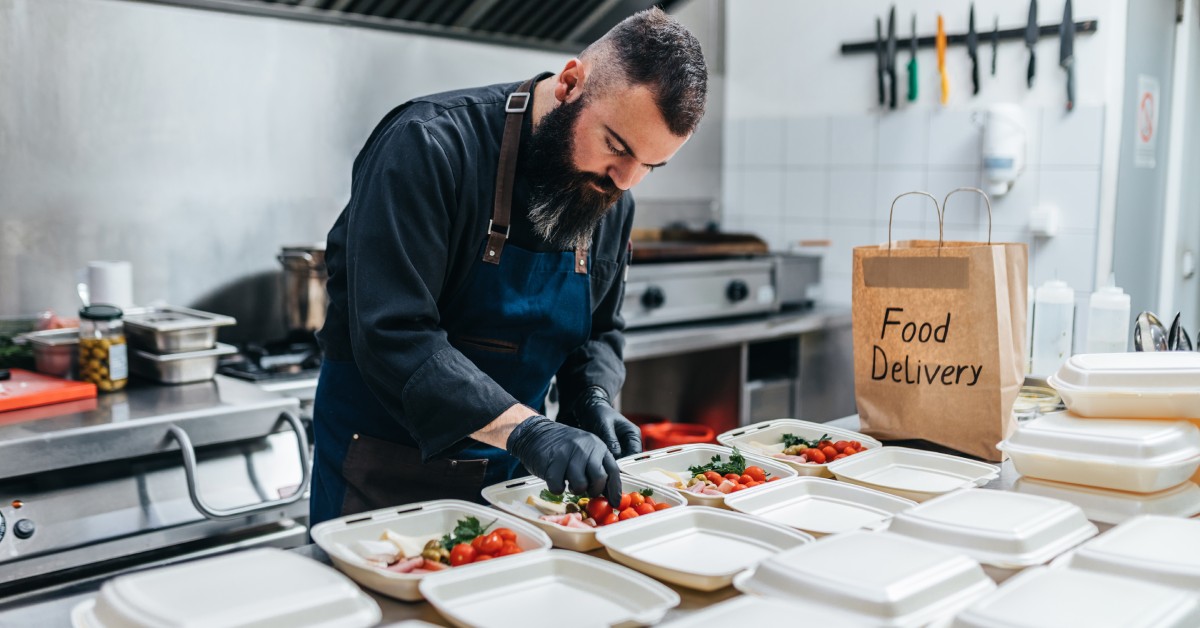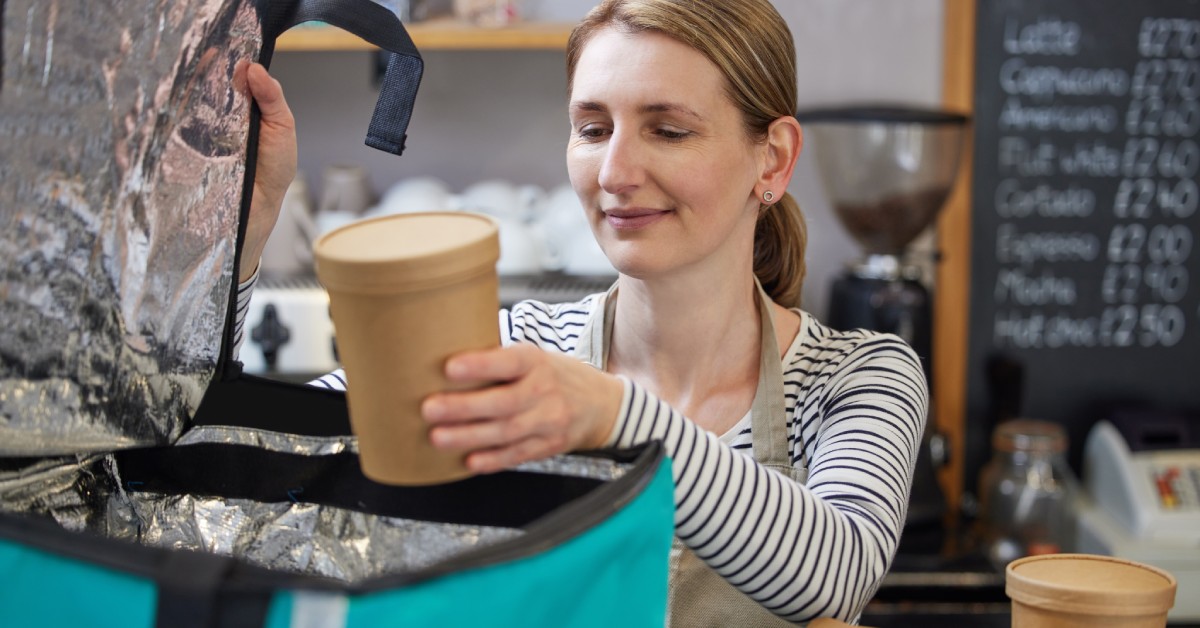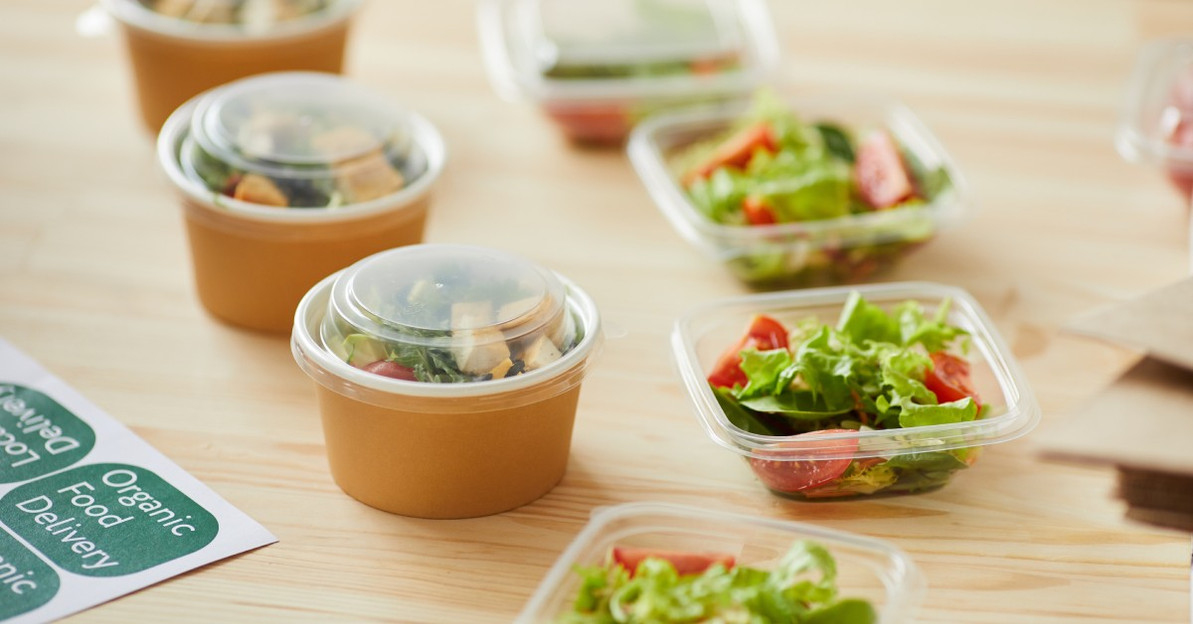All About Proper Food Packaging and Why It’s So Important
Proper food packaging is crucial for maintaining the quality, safety, and appeal of food products. Whether you’re in the food service industry or simply want to ensure your homemade meals stay fresh, understanding the various aspects of food packaging can help you make informed choices. This comprehensive guide covers everything you need to know about proper food packaging and its importance.
Ensures Food Safety
Proper food packaging is essential for ensuring food safety. It protects food from contamination by bacteria, chemicals, and other factors. High-quality packaging materials, such as food-grade plastics and metals, create a barrier that prevents harmful substances from reaching the food. This reduces the risk of foodborne illnesses and ensures that consumers receive safe products.
Preserves Freshness
Food packaging plays a vital role in preserving the freshness of food. By providing an airtight seal, packaging prevents the exposure of food to air, moisture, and light, which can cause spoilage. Vacuum-sealed and oxygen-absorbing packages are particularly effective in extending the shelf life of perishable items. Proper packaging helps retain the food’s original flavor, texture, and nutritional value, ensuring that it stays fresh for longer periods.
Enhances Shelf Life

As mentioned, the right packaging extends the shelf life of food products by protecting them from environmental factors that cause deterioration. This is especially important for products with short shelf lives, such as dairy, meats, and fresh produce. Advanced packaging technologies, like modified atmosphere packaging (MAP), use controlled gases to slow down spoilage and maintain product quality. By extending shelf life, proper packaging reduces food waste and improves supply chain efficiency.
Facilitates Transportation
Food packaging is designed to withstand the rigors of transportation, ensuring that products reach their destinations intact. Sturdy packaging materials, such as corrugated cardboard and reinforced plastics, provide protection against physical damage during shipping. Properly packaged food is less likely to be crushed, bruised, or otherwise damaged in transit, reducing losses and ensuring that consumers receive high-quality products.
Supports Branding and Marketing
Packaging is an important tool for branding and marketing. It provides a visual representation of the product and the company, helping to attract customers and build brand loyalty. Eye-catching designs, logos, and information printed on the packaging can differentiate a product from its competitors. Effective packaging communicates the product’s value and benefits, influencing purchasing decisions and enhancing the overall customer experience.
Provides Convenience
Convenient packaging designs make it easier for consumers to use, store, and dispose of food products. Resealable bags, easy-open lids, and portion-controlled packaging enhance the usability of food items. Convenience features, such as microwave-safe containers and ready-to-eat packaging, cater to the busy lifestyles of modern consumers. By offering practical solutions, proper packaging improves customer satisfaction and encourages repeat purchases.
Protects Against Tampering
Tamper-evident packaging provides a visible indication if a product has been interfered with, enhancing consumer confidence and safety. Features like security seals, shrink bands, and breakable caps deter tampering and ensure that products remain untouched until they reach the end users. This is particularly important for high-risk items, such as baby food, where safety is paramount.
Reduces Environmental Impact
Sustainable packaging solutions help reduce the environmental impact of food packaging. Biodegradable, compostable, and recyclable materials minimize waste and reduce the carbon footprint associated with packaging production and disposal. Companies can also adopt eco-friendly practices, such as using less material or opting for renewable resources. Sustainable packaging not only benefits the environment but also appeals to eco-conscious consumers.
Meets Regulatory Requirements
Proper food packaging complies with industry regulations and standards, ensuring that products meet safety and quality criteria. Regulatory bodies, such as the FDA and USDA, set guidelines for packaging materials, labeling, and handling to protect consumer health. Adhering to these regulations helps companies avoid legal issues and maintain consumer trust by providing safe and compliant products.
Enhances Product Visibility
Transparent packaging allows consumers to see the products inside, enhancing their appeal and providing reassurance about their quality. Clear packaging materials, such as plastic or glass, showcase the food’s freshness and appearance, making it more attractive to buyers. Product visibility is especially important for fresh produce, bakery items, and other visually appealing foods, as it can influence purchasing decisions.
Offers Portion Control
Portion-controlled packaging helps consumers manage their food intake and reduce waste. Single-serving packs, pre-measured portions, and multi-packs provide convenience and help control portion sizes. This is particularly beneficial for on-the-go consumers and those following specific dietary plans. Proper portion control also helps food manufacturers meet consumer demands for healthier, more manageable servings.
Supports Food Traceability
Proper packaging facilitates food traceability, allowing for the tracking of products through the supply chain. Labels with barcodes, QR codes, and RFID tags provide information about each product’s origin, production date, and batch number. Traceability enhances food safety by enabling quick identification and recall of contaminated products. It also improves supply chain transparency, helping consumers make informed choices.
Maintains Temperature Control

Temperature-sensitive foods require packaging that can maintain specific temperatures to prevent spoilage. Insulated packaging materials, such as thermal bags and cooler boxes, help keep products at the desired temperatures during transportation and storage. This is crucial for perishable items like dairy, seafood, and frozen foods. Proper temperature control ensures that food remains safe and fresh until it reaches the consumer.
Improves Handling and Storage
Proper packaging simplifies handling and storage for both businesses and consumers. Sturdy, stackable packaging reduces the risk of damage during storage and makes efficient use of space. For consumers, resealable and easy-to-store packages enhance convenience and help maintain product quality after opening. Effective packaging solutions streamline the logistics process and improve overall efficiency.
Wholesale Catering Boxes for Efficient Food Packaging
For businesses involved in catering, wholesale catering boxes offer a practical and cost-effective solution for packaging and transporting food. These boxes are designed to be sturdy, easy to handle, and efficient in maintaining food quality. Wholesale catering boxes come in various sizes and styles, accommodating different types of food and serving portions. By purchasing these boxes in bulk, businesses can reduce costs while ensuring they have a reliable supply of high-quality packaging. Additionally, these boxes can be customized with branding and labeling, enhancing the professional presentation of the food.
Now that you know all about proper food packaging and why it’s so important, you can make informed decisions to ensure the safety, quality, and appeal of your food products. Utilizing solutions like wholesale catering boxes can enhance efficiency and professionalism in food transportation. Invest in high-quality packaging to protect your food, satisfy your customers, and promote your brand effectively.
Recent Posts
-
Pros and Cons of Disposable vs. Reusable Plates
Choosing between disposable and reusable plates affects your budget, environmental impact, and daily …Oct 30th 2025 -
Dos and Don’ts When Sourcing Catering Boxes
Catering boxes play a critical role in your food service business. They protect your carefully prepa …Oct 30th 2025 -
The Ultimate Guide to Aluminum Foil Food Packaging
When your restaurant needs to select containers for take-out items or catering events, it has many o …Oct 7th 2025




